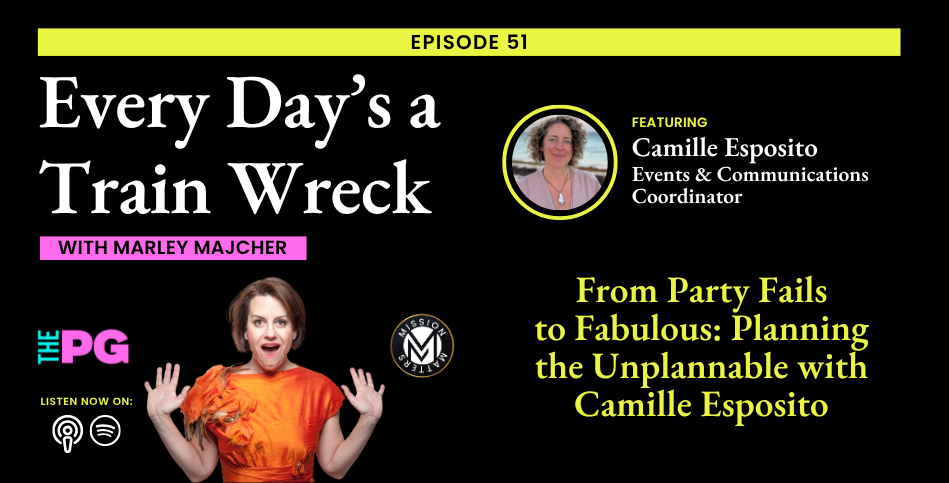Maximizing Your Retirement Plan Options
If you're considering saving for retirement through a tax-advantaged plan, you still have time to set one up for 2009, with options like profit-sharing plans, 401(k)s, and SEPs. For 2010, you can explore new options like the DB(k), a hybrid of a pension and 401(k), which is available for small businesses and offers both employer and employee contributions.

Blog content provided by Barbara Weltman, Publisher of Big Ideas for Small Business ®
If you want to save for retirement on a tax-advantaged basis, you can use a qualified retirement plan. Contributions you make on your behalf and for employees usually are tax deductible. Earnings grow tax-deferred and are not taxed until withdrawals are made.
There is still time to select a retirement plan for 2009, a move that makes sense if you’ll be profitable this year. Or you can get ready for 2010.
Here are some choices to consider:
Plan options for 2009
Plans can be set up with brokerage firms, mutual funds, banks, and insurance companies. As a general rule, you must sign the paperwork with one of these financial institutions to set up a qualified retirement plan for your business for 2009 by the end of the year (assuming you report on a calendar year). You then have, in most cases, until the extended due date of your return to fund your plan by adding contributions for the year.
Your choices for 2009 include a profit-sharing plan, a 401(k) plan, and a defined benefit (pension) plan. You can also set up and fund a Simplified Employee Pension (SEP) plan through the extended due date of the return for which the contributions relate. A sole proprietor, for example, could set up a SEP for 2009 as late as October 15, 2010, and add the contribution for 2009 by that date.
It’s too late to set up a SIMPLE retirement plan for 2009. Notice requirements fixed the deadline for this plan for October 1, 2009.
Plan options for 2010
In addition to all of the current plan options—SIMPLEs, SEPs, profit-sharing plans, defined benefit plans—there is a new hybrid plan called a DB(k). It is a combination of a modest pension plan (which promises a fixed monthly payment at retirement funded entirely by employer contributions), plus a 401(k) component (which is funded by employee contributions and retirement funds are dependent on investment performance). The DB(k) is limited to “small businesses” (those regularly employing 500 or fewer workers).
Making the best choice
Your decision should be based on your objectives and what your business can afford to pay. Keep in mind that employees must be allowed to participate after meeting modest conditions; depending on the type of plan you select, their participation can cost your business a little or a lot. If you want to maximize contributions on your own behalf, you’ll have to be generous to employees; plans have nondiscrimination rules preventing favoritism toward owners. Some types of plans have annual reporting requirements (an administrative cost to you); others do not.
Best strategy: Meet with a knowledgeable employee benefits expert to discuss your options and make a timely selection in light of your profitability and personal objectives. For more information on retirement plans, check out Types of Retirement Plans and Retirement Plans Frequently Asked Questions (FAQs).



